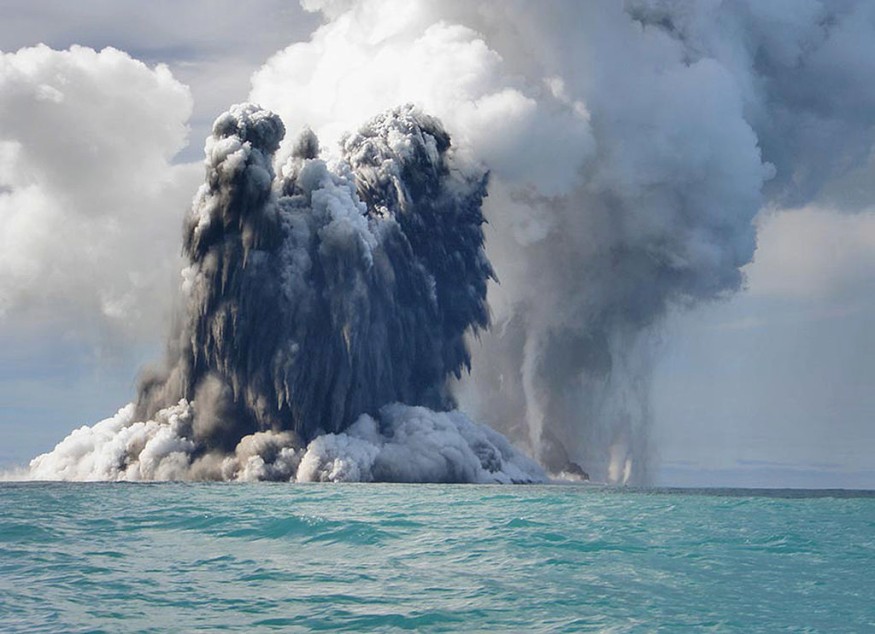
The 2022 Tonga volcanic eruption had sent shock waves around the world that even smartphones were able to record its cataclysmic explosion, scientists found.
The volcano, named Hunga Tonga-Hunga Ha'apai, devastated Tonga on Jan. 15, as it sent plumes of ash in the atmosphere and triggered tsunami that destroyed homes on its nearby islands.
Although the Tonga blast lasted for only 11 hours, it had set so many points for scientific exploration that researchers around the globe are scrambling to know as to what it meant exactly for future volcanic risks.
Monitoring technology advancement
Traditional monitoring systems at the University of Hawaiʻi at Mānoa continues to listen to the infrasound-deep, inaudible atmospheric sound produced by the volcanic event, Phys.org reported.
Scientists found that not only did smartphones capture "unique and extraordinary infrasound measurements in Hawaiʻi from the Tonga eruption," but also the multiple circumglobal transits of the air wave," Hawaiʻi Institute of Geophysics and Planetology researcher Milton Garces said in University of Hawaiʻi at Mānoa website.
Garces has led the Infrasound Laboratory, based in the UH Mānoa School of Ocean and Earth Science and Technology (SOEST), and spent more than 25 years developing technology to monitor these deep sounds.
Prior to the Tonga event, the largest atmospheric blast recorded in the digital era was the 2013 Chelyabinsk meteor over Russia.
The Russian meteor blast wave estimated a yield of 500 kilotons of trinitrotoluene (TNT) explosion, recorded by conventional geophysical monitoring systems all over Earth.
According to Garces, emerging smartphone technology at the time also recorded the blast.
He postulated that on-board microphones and barometer sensors could also record such signals.
"Nine years after the Russian meteor, the Tonga blast demonstrated that on-board smartphone sensors can record large blasts thousands of miles away," he said.
Atmospheric blasts detected by smartphones
An application called Free RedVox was developed by Garces to detect infrasound from atmospheric blasts, supported by the U.S. Department of State since 2014.
More recently, Garces wishes to expand his smartphone technology and enhance its capabilities to measure diverse sound and vibration signatures near Earth's surface, including the upper atmosphere and the ocean.
Thus, a research funding from the U.S. Department of Energy's National Nuclear Security Administration supported the nation's "nuclear nonproliferation goals," according to University of Hawai'i News.
The funding aims to assist researchers in developing new technologies that advance nuclear nonproliferation.
"These grants will foster development of concepts and technologies that keep the United States at the forefront of nuclear monitoring and verification capabilities and allow us to nurture tomorrow's nonproliferation experts," said Brent K. Park, NNSA's deputy administrator for defense nuclear nonproliferation.
This effort was also in the contribution of teams of scientists, engineers, programmers, students and citizens, from developing the technology to making it available to.
The RedVox Infrasound Recorder app is free and available in the Apple App and Android Play stores, and runs on most modern smartphones.
© 2025 NatureWorldNews.com All rights reserved. Do not reproduce without permission.





